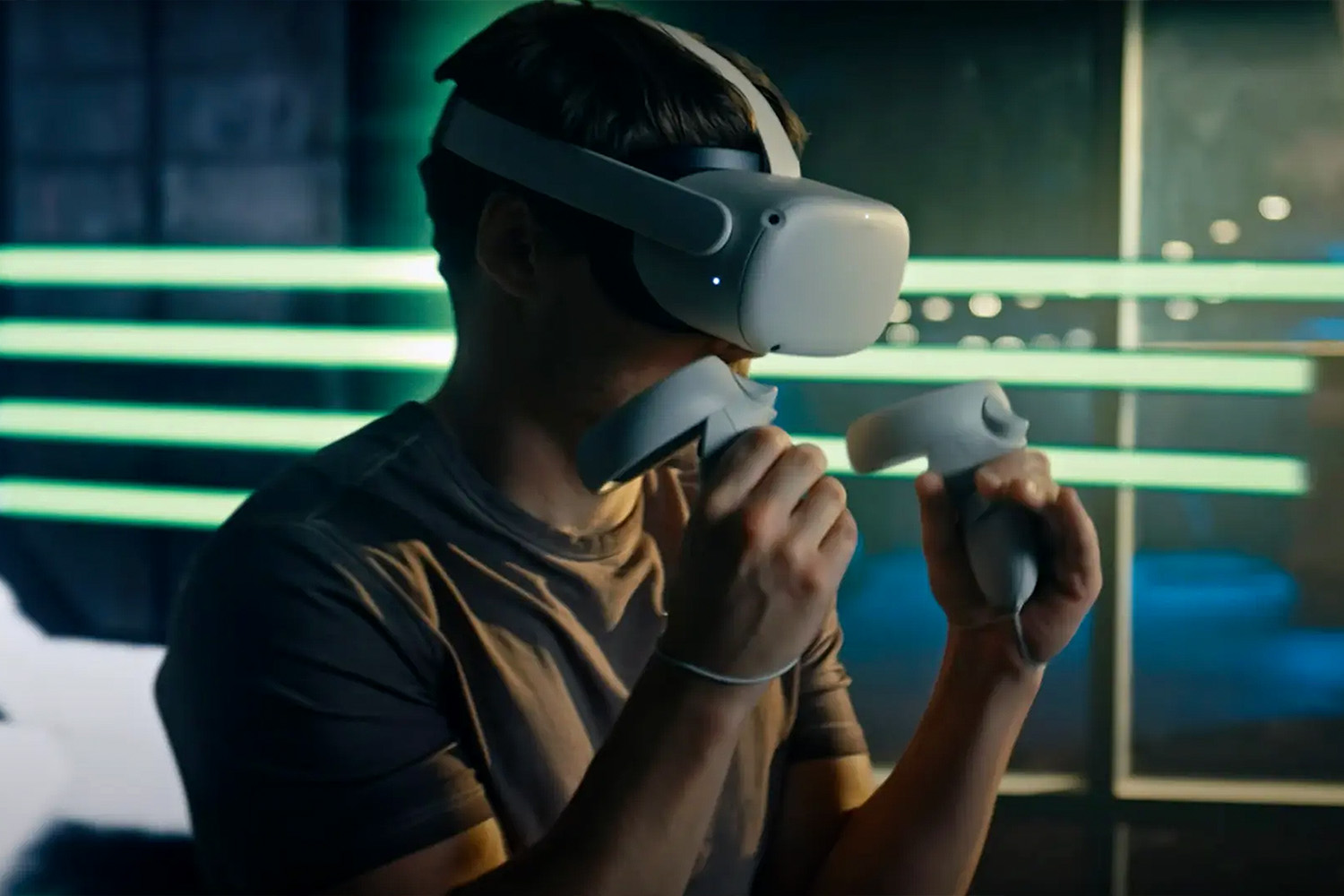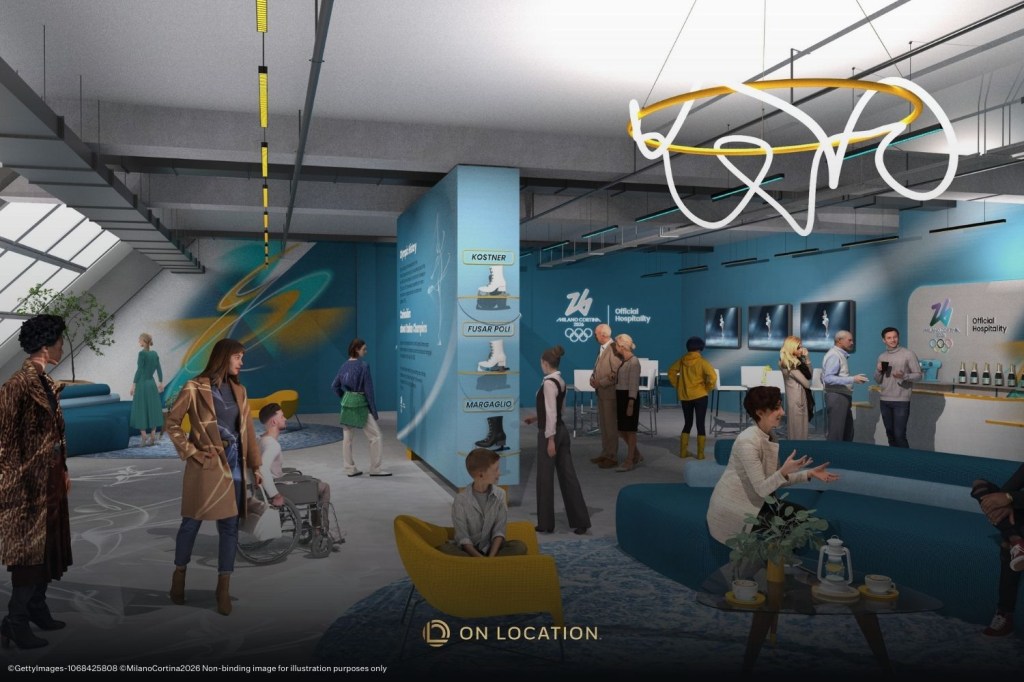Aaron Stanton has worked with many test subjects, but one in particular sticks out in his memory, encapsulating the power and the challenge of VR fitness.
A few days prior, the subjects had come in to establish their peak levels of endurance: They ran on a treadmill wearing a heart rate monitor, oxygen mask, and harness — in case they collapsed from exhaustion — and ran until they had reached their exertion limit.
In the next session, the treadmill was replaced with an active virtual reality game.
This particular subject had reached his limit of physical endurance playing the game, according to his biometrics. Afterward, Stanton asked him what he was going to do for the rest of the day.
“He was like, ‘Well I haven’t gotten in my workout today, so I’m headed to the gym,’” Stanton recalled.
He wasn’t a fitness freak — the VR workout simply didn’t count in his mind. And he wasn’t alone: All of the subjects reached their peak exertion levels and none rated the workout as more than moderately strenuous.
“That’s a blessing and a curse,” Stanton, director of the Virtual Reality Institute of Health and Exercise, told me. VR can make exercise feel fun and breezy. The challenge then becomes convincing people that they actually worked out.
“Our motto is ‘We make working out suck less,’” said Jeff Morin, CEO of Liteboxer, which launched a VR offering in March. I asked him if that phrasing is specifically designed to avoid conflict with the “no pain, no gain” mentality, which he confirmed — then went a step further.
“We avoid using the word ‘fun.’”
That speaks to the peculiar social stigma around VR and fitness: Some of these games are really fun.
Vision Quest
Most VR fitness games or apps can be divided into one of two categories:
- Games that require significant physical exertion to score points and complete tasks.
- Workouts enhanced with immersive environments and gamification that rewards metrics like speed and form.
The first category includes games like “Beat Saber,” in which one smashes flying cubes with lightsabers. In October, “Beat Saber” became the first Oculus Quest game to top $100 million in revenue.
The latter set includes “Supernatural,” in which a peppy instructor guides you through gamified workouts that have you squat, lunge, and swing your arms as various shapes and objects come at you.
Some game developers seek to straddle the line.
Arnaud Baernhoft, founder of gaming studio Field of Vision and a longtime student and teacher in several disciplines, built what eventually became “Crazy Kung Fu” as a practice tool for himself.
The gameplay is designed to improve one’s reflexes and basic martial-art skills such as punching, blocking, and ducking — whether or not the player is actively seeking that training.
“You’ve got the gamers who are there for play or challenges, you’ve got the people who are just there for fitness, and then you’ve got those who do martial arts,” said Baernhoft. “I tailor the game to try to fit all of them. The challenge is balancing those three things continuously, to not go too far into one of those areas.”
Within, the production company behind “Supernatural,” was acquired by Meta in December for a reported $400 million in a deal that has attracted FTC scrutiny on antitrust concerns. The move was a clear sign that the Facebook parent was making fitness a major component of its VR play.
“Supernatural” elicited my first Neo-from-the-Matrix “Whoa” — and before the workout even started, as my eyes were telling me that I was not in my living room, but on top of a mountain with gorgeous vistas. On a basic, human level, seeing is believing, and VR can transport you to another land through visual input alone.
The Boxer Pivots
Liteboxer, founded in 2017, started as a Peloton-like connected fitness company selling a boxing wall mount and an associated workout subscription.
That’s still one of the company’s core offerings, but spurred by Meta’s major investment in the space, its focus is shifting more and more toward VR.
It’s not hard to see why:
- The company’s VR paid subscriber count surpassed two years’ worth of hardware-based subscriptions in one month.
- And given that Peloton’s stock has fallen 93.5% from its December 2020 peak, it’s not a great time to be the “Peloton of boxing.”
“A piece of hardware has much lower [subscriber] churn,” Morin explained. “But the cost of acquisition is an order of magnitude higher than that of VR. When I look at where to spend $10 million of marketing dollars, it’s going into VR, because that’s going to be my most profitable [return], but also my quickest turnaround time for that money.”
Morin sees the connected fitness market in a pivot-or-perish moment as companies fight over a diminishing segment of the population that can afford — and has space for — an expensive workout machine and a monthly subscription.
He added that investors he has spoken to in raising Liteboxer’s Series B round have grown skeptical of connected fitness. The company has raised $26 million to date, per Crunchbase, including a $20 million Series A.
“If you don’t have an ace in your sleeve like we do with VR, you’re probably not going to survive,” said Morin. “You gotta either shift or become extinct.”
Realistic Virtues
There are two main factors keeping VR fitness from exploding into a massive industry. One is that more people need to purchase a VR headset — but fortunately for VR developers, Meta, and its $429.6 billion market cap, are on the case.
- As of June 6, 14.8 million Oculus Quest 2 headsets have been sold, according to Francisco Jeronimo, an executive at market analyst IDC.
- Meta is working on improvements to its hardware with the goal of making the VR experience as crisp and as real as possible.
The second, more difficult challenge involves the enduring associations of video games with laziness, and exercise with pain.
“There’s this stigma of gaming not being serious,” said Morin. “Meanwhile, gaming has passed the movie industry and the TV entertainment industry in terms of total revenues. The gaming demo[graphic] is mainstream, but it’s not considered mainstream.”
Stanton sees unique power in VR’s potential to keep users interested and make games adaptable to a person’s habits and real-time biometrics.
“We’ll get to the point where you’ll get more engagement, playing longer, for less miserable discomfort, with more efficient movements, because the game will coach you through the mechanism of the gameplay,” he said.
The games that unlock that potential stand to make billions.
They might even convince people they’re getting exercise.
















